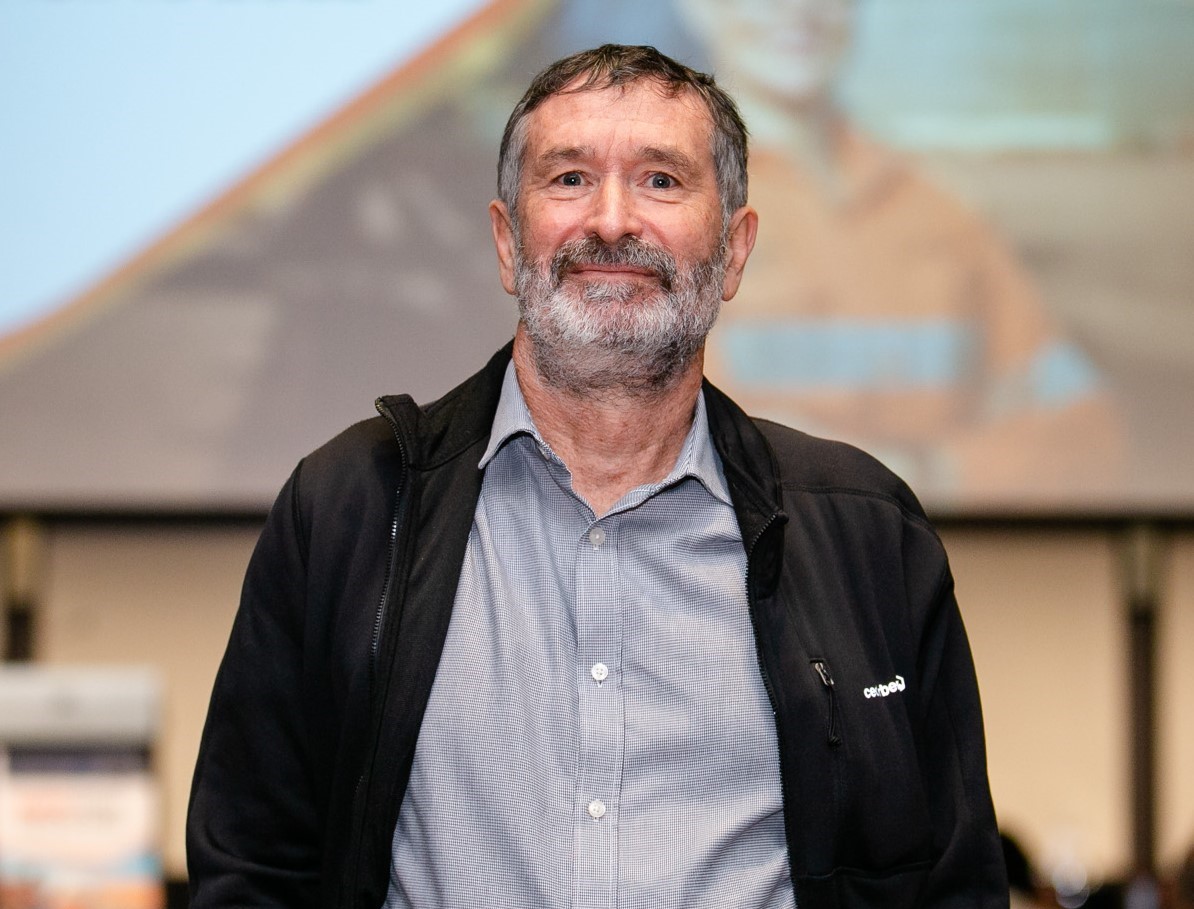Q&A with Greg Lane, Chief Technical Officer at Ausenco
 Greg Lane, Chief Technical Officer at global engineering firm Ausenco and keynote speaker at IMPC Asia Pacific Conference 2022 describes how mineral processing plants are adapting to a lower carbon world.
Greg Lane, Chief Technical Officer at global engineering firm Ausenco and keynote speaker at IMPC Asia Pacific Conference 2022 describes how mineral processing plants are adapting to a lower carbon world.
Q: Are processing plants really going to be that different in the future?
Greg Lane: Processing plants are already changing but it’s more a case of improving individual elements rather than the whole plant. You’re not going to build a processing plant today and replace it in five years just because there’s a new technology. It is all about value. You’re building it for 20 or 30 years, sometimes longer, but all process flowsheets can be improved as new technology becomes available.
Q: What’s driving this change?
Greg Lane: Change is always driven by improved value outcomes. Recently, change is driven by the demand for more efficient water and power use, and reducing greenhouse gas emissions. It's only in the last two to three years that mining companies have been coming to us saying that they need a greenhouse gas evaluation on their projects. For most projects, we are looking at greenhouse gas outcomes.
Q: That sounds like rapid progress for the mining industry
Greg Lane: Yes, that’s a fairly fast change in approach and it all needs to be managed carefully. The bottom line objective remains unchanged: improved value for shareholders within the environmental, social and governance frameworks set by government and society.
Q: Are some environmental elements more urgent than others?
Greg Lane: Water efficiency has become the paramount issue on numerous projects around the world, particularly in Chile and Peru. There are important social reasons for this. Mining projects can have actual and perceived impact on the water supply for rural regions. As a result there is a move to increased use of desalinated or raw seawater for processing.
Q: Are investors also applying pressure, through Environmental, Social and Governance (ESG) standards?
Greg Lane: Investors are increasingly looking for social conscience among the companies they invest in and that’s driving how companies across the mining value chain are thinking about raising money and responding to shareholders. Investors and mine companies are reacting to social pressures regarding coal mining in the greenhouse gas space, and looking to set high environmental and social standards.
Q: In the processing plants of the future are we going to see changes to just one or two parts or across the entire processing chain?
Greg Lane: We’re already seeing changes coming in across the whole mining and processing chain, from blasting to metals production. We are seeking new and better ways to improve grade control during mining, more efficient ways to grind ore to liberate minerals, right through to being able to re-purpose tailings into products that can be sold.
Q: Any examples of these changes?
Greg Lane: In the pit, there are areas of low-grade material and high-grade material. Ideally you want to control the blast design to keep these two areas separate so you can more easily and efficiently transport the high-grade ore to the plant. Then, shovels use mounted sensors to tell the teams what the grade is as material is being loaded to trucks and whether it’s waste or ore. Both these innovations help reduce the amount of valuable material lost to waste rock and reduce the energy and water we use to process the valuable ore.
Q: How about on the conveyor?
Greg Lane: Sensors on the conveyor (bulk ore sorting) can add even more knowledge, telling the team whether the material is high- or low-grade and allowing the waste to be discarded and only the higher-grade ore to be processed, again saving energy. Inside the plant, different ways to grind or to liberate minerals are being explored together with new ways to float particles with very low grade of valuable metals.
Q: What about rock breaking?
Greg Lane: There’s some terrific work going on with precision breaking devices. This is the stage of processing where up to 80% of the energy in mining is used, so it’s critical. This work will emerge over the next five years and may radically change the way we grind ore, but there are significant hurdles in adapting all good ideas to industrial use.
Q: Are there any innovations at the end of the processing chain?
Greg Lane: Because of the different styles of precision breaking devices being developed, you can separate coarse and fine particles relatively easily so you can apply flotation separation processes to target narrow-size fractions and improve separation efficiency. Further down the processing chain, various groups are looking at tailings as an input source for industrial products, sand, bricks, carbon capture materials, etc. Whilst smelting is still the primary treatment route for sulfide mineral processing for Cu, Ni, Pb and Zn, various leaching technologies are being developed that can better handle deleterious elements or be used at a small scale.
Q: So rather than purely being waste, the tailings have a purpose?
Greg Lane: Well, the company has spent all that money to grind the material down to a size, so why not try to use the waste as a product and an income stream. This reduces the size of the tailings storage facilities, making them easier to manage. There’s more work going on in carbon capture too, using repurposed tailings from some ores to absorb CO2, which they can do quite well.
Q: Finally, which technology, skill or piece of kit does every CEO need to help companies realise the processing plants of the future?
Greg Lane: CEOs are the “captain of the ship”. The skills they need to manage new technology are much like any other area of their business, listening and making good decisions. Captains run aground when charting a short-cut, but they may also be left behind if a short-cut or new approach is not adequately explored by a reliable navigator. The proponents of new ideas need to be successful navigators, not just inventors or marketers.
Greg Lane was a keynote speaker at IMPC Asia Pacific Conference 2022, held in Melbourne in August 2022. Ausenco was a Gold Sponsor of IMPC Asia Pacific 2022 and is an AusIMM Partner.
